Art History and Visual Culture
A Master's degree program in Art History and Visual Culture at the KU in Eichstätt will deepen your knowledge on the culture of art and image from the early Middle Ages to the present. On a methodologically and content-related advanced level, you will learn to understand works of art from Europe, but also from the colonial and post-colonial world in their different historical contexts. You will also learn to express what you have seen linguistically with a view to different target groups and to convey the acquired knowledge in a clear and informative way. This will prepare you for a wide range of professions, from curator in museums or exhibition houses, scientists in universities and research institutions to professions in the fields of culture, media and public relations. In the course of your studies, you will encounter works of painting, sculpture, graphic art, applied arts and architecture, but also visual media such as illustration graphics, caricatures, posters, photos, films, video and Internet art and social media. Thanks to small course sizes and friendly collegiality among students and lecturers alike, you can study Art History in Eichstätt with excellent supervision and support. In addition, you can integrate your studies abroad within the framework of international networks that are continually being maintained with great commitment.
The subject can be studied in the Interdisciplinary Master’s program as a major or minor subject in the variant Aisthesis. cultural and media studies or in the flexible variant in combination with at least one other subject.
The program in detail
In the framework of the subject Art, Art History can be studied in the Interdisciplinary Master’s degree program as a major or minor subject in the Aisthesis.Culture and Media variant or in the flexible variant in the amount of up to 40 ECTS credits, in combination with at least one other subject and/or the Studium Individuale.
Contents
Today we live in a media reality in which the function of images and their interaction with texts has changed. In all areas of society, images raise the question of information and fiction, of fact and fake. Social media determine our behavior: from our ideas about the world and current challenges to our everyday actions. The increased interest in visual media in all communicative areas also brings new attention to the visual arts – both of the present and past. As a result, the subject of Art History and Visual Culture is moving more strongly into the center of the cultural studies discussion. This is the right program for all those who enjoy dealing with pictures and works of art in a historical-critical way and sharing their encounter with art and their enthusiasm with other people.
Structure
Science of visual media and the arts
Today, art history is the science of the visual media and the arts, which looks back from the present use of images to the history of images, their effect and their use, in a historical-critical way.
- The Catholic University of Eichstätt-Ingolstadt teaches Art History from the Middle Ages to the 21st century.
- The genres of painting, sculpture, and architecture are a core topic together with graphic reproduction techniques, photography, film, or images in social media.
- The historical epoch designations such as Romanesque, Gothic, Renaissance and Baroque or –isms from Romanesque to Impressionism to Surrealism, and finally terms of the present as well as global conceptual art are presented, as well as genre terms such as history and genre painting, portrait, landscape and still life. However, they are taught and questioned with regard to their origin, their dissolution and their continued effect in other media (such as photo, film, series).
Main subject in the Interdisciplinary degree program
If you choose Art History and Visual Culture as a major subject, you can complete a comprehensive, fundamental training in the professional fields of the subject in the Master's program, which at the same time also prepares you for possible doctoral studies.
A series of well-coordinated courses was designed for this purpose:
- In a basic methodology course, all students are comprehensively introduced to the more recent methodological debates in Art History and Visual Culture as well as to cultural studies approaches (such as discourse analysis or postcolonial and feminist theories) right at the beginning of their studies.
- You will then substantiate knowledge on these methods in seminars using the epochs and topics you have chosen for yourself as examples.
- In all stages of the program, field trips in Germany and abroad will deepen your knowledge of art, architecture and historical urbanism and museum landscapes. The works are approached in various topographical and historical contexts.
All in all, the Master's degree program allows you to broaden and deepen your skills in the responsible study of works of art and visual media, for example by examining artistic practices, visual narratives and the discourses, i.e. the content and historical communication of art theory and art criticism.
Facilities
In addition to the excellently equipped University Library with numerous art history publications and continuously updated specialist journals as well as seminar rooms with modern equipment, the Chair of Art History also has a Visual Media Center that provides advice on databases on the visual arts, photography and film, provides information on reliable (i.e. not embellished) image data sets and copyright, and is finally responsible for the acquisition and digitalization of high-quality images.
Rankings and assessments
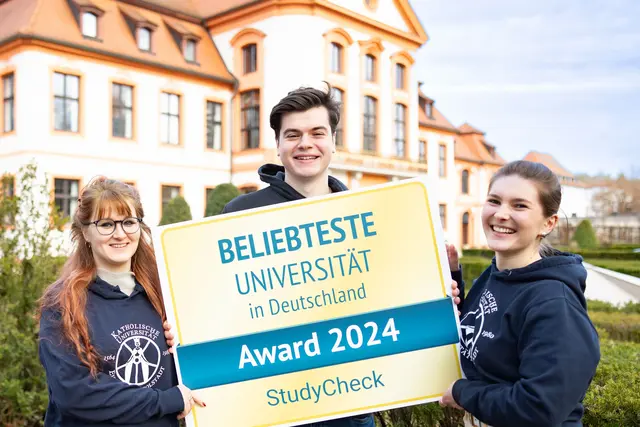
KU students and alumni have voted for their University to be Germany's most popular university in the 2024 ranking of the online portal StudyCheck. This is the third time in a row, as KU was also voted the most popular university in 2021 and 2022. The ranking was based on over 78,000 evaluations for more than 500 higher education institutions and universities. 97 percent of students questioned for the ranking would recommend studying at the KU to others.
"There is no better praise for a university than almost 100 percent of students and alumni agreeing: I can only recommend studying at the KU! That is why we are very pleased with the ranking’s outcome, because it expresses the high level of satisfaction of our students," says KU President Prof. Dr. Gabriele Gien.
Studying abroad
In all program variants, the study structure provides for a number of options, especially in the third semester of the Master's program, including
- a well supervised study abroad, which can be completed within the framework of existing international networks,
- and an academic Internship, for example in a museum or cultural institution.
Particularly noteworthy is the International Network for Art History, based in Paris, in which committed colleagues from universities in Geneva, Florence, Montreal, Los Angeles and Tokyo, but also from such renowned educational institutions as the École Normale Supérieure in Paris or the Scuola Normale Superiore in Pisa, are continuously involved. [Link: http://proartibus.org]
The KU maintains a partnership network with around 300 universities worldwide. The KU International Office supports students in the planning phase and provides information on different financing possibilities for stays abroad.
Practical connection
In all stages of the program, field trips in Germany and abroad will deepen your knowledge of art, architecture and museum landscapes. The works are approached in various topographical and historical-discursive contexts. In addition to the possibility of completing an internship of several months in an academic institution (e.g. museum, exhibition house, office for the preservation of historical monuments) in the third semester, you can complete another internship within the framework of the study structure of the Interdisciplinary Master's degree program. For individual advice and support in finding an internship and financing possibilities, the KU Career Service and the International Internship Service are happy to help.
Career possibilities and professional fields
Career prospects
In the context of the current interest in visual media in the present and past, art history is no longer an exotic subject. Accordingly, the often surprising occupational profiles that are available to successful graduates in the cultural sector are correspondingly diverse. Graduates of a Master’s degree can pursue subsequent doctoral studies. Classical occupational fields are still research and teaching or placement in universities, museums and exhibition houses or monument preservation. Art historians are therefore employed as research associates or professors, as museum or exhibition curators. In addition, there are professional opportunities – often already for those holding a university degree below the doctorate – in cultural and media work in public and private institutions, in collections and archives, in teaching in educational institutions as well as in the art trade, public relations and journalism. In all professional fields, art historians are in demand as independent researchers as well as mediators and managers of visual culture.
Alumni testimonials
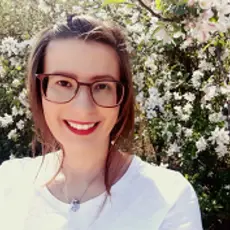

“I started my studies at the KU Eichstätt-Ingolstadt in 2013 with the flexible Bachelor’s degree program in “Culture and Media”. Subsequently, I added postgraduate studies from 2016 to early 2020 with the Master’s program in “Aisthesis.Culture and Media” with Art History as a major and Modern German Literature as a…
“I started my studies at the KU Eichstätt-Ingolstadt in 2013 with the flexible Bachelor’s degree program in “Culture and Media”. Subsequently, I added postgraduate studies from 2016 to early 2020 with the Master’s program in “Aisthesis.Culture and Media” with Art History as a major and Modern German Literature as a minor subject. Now, I am a doctoral candidate and work as a lecturer at the Chair of Art History.
In addition to the option of spending a semester abroad, this program variant also offers the opportunity to complete internships. I did a three-month internship at the Kunsthalle and the Museum Würth. The department I worked for is responsible for various events in the cultural and public sector, such as multi-faceted art education and the media presence of the art houses and branches. In the course of this internship, I was able to gain insights into various areas of work, gain experience in the preparation, conceptualization and hanging of an exhibition, and familiarize myself with the extensive collection through research work.
My Master's thesis on the reception of the biblical myth of Eve in recent art and exhibition history, which I completed in 2019 in my major subject of Art History, was based on an interdisciplinary approach: For example, I established references to literary studies and placed my topic in a cultural and media studies context. My current research focus is on ‘New visual media, digital image cultures, global pictorial signs – art history and visual culture’.”
The KU
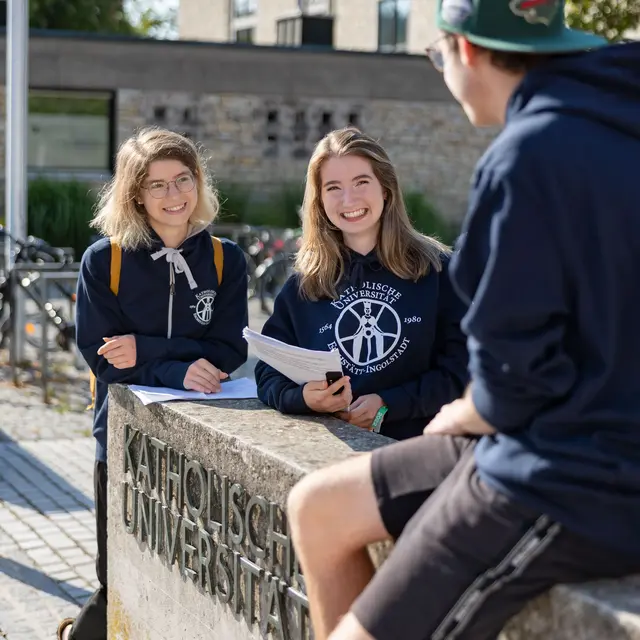
The KU has two campuses: Eichstätt and Ingolstadt. Seven faculties are located in Eichstätt. The Ingolstadt School of Management (WFI) and MIDS (Institute of Applied Mathematics, Machine Learning and Data Science) are located on our Ingolstadt campus.
This degree program is taught on our Eichstätt campus.
Studying in Eichstätt
 Study location
Study location
The district of Eichstätt and the city of Ingolstadt are located in the heart of Bavaria. This central location also means that the KU is easy to reach. Eichstätt impresses with its unique combination of baroque architecture, modern amenities and the picturesque nature of the Altmühltal natural park.
 Campus
Campus
Short distances and lavish green spaces characterize the KU campus in Eichstätt. The KU is a campus University with modern facilities. The buildings on campus are located close to the Eichstätt old town.
 More than just a degree
More than just a degree
Studying at the KU not only provides you with the specialist knowledge you need, but also aims to open up real future prospects for its students. We want to support our students in finding their own personal path to their individual dream future! The question is not "What career do I want to pursue?", but rather "Who do I want to be?"
Advisory Service
Some offers and study conditions are different for international students – our International Office is happy to provide help and support. If you have any questions, please feel free to contact our team. We are happy to accompany you on your way to the KU and hope that we can welcome you in person soon!
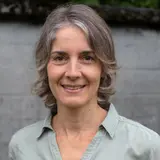
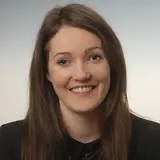
Application
see examination regulations interdisciplinary MA
Application
Application
The application process for international applicants is now completely digital. You can register online in our application portal and carry out and submit your application. After you have carried out the application and uploaded your documents, you do not need to send your documents to us again by post. You do have to submit certified true copies only if you are admitted at the time of enrollment.
Depending on the course of study, you may be asked for information on internships, professional experience, etc. Please upload the relevant documents in the upload area for all the information you provide, even if these are not mandatory fields!
Before you start the application process, please read the additional information on this page, in particular the information on the respective (German) language requirements and university entrance qualifications.
Links
scroll upThe subject introduced by the lecturers
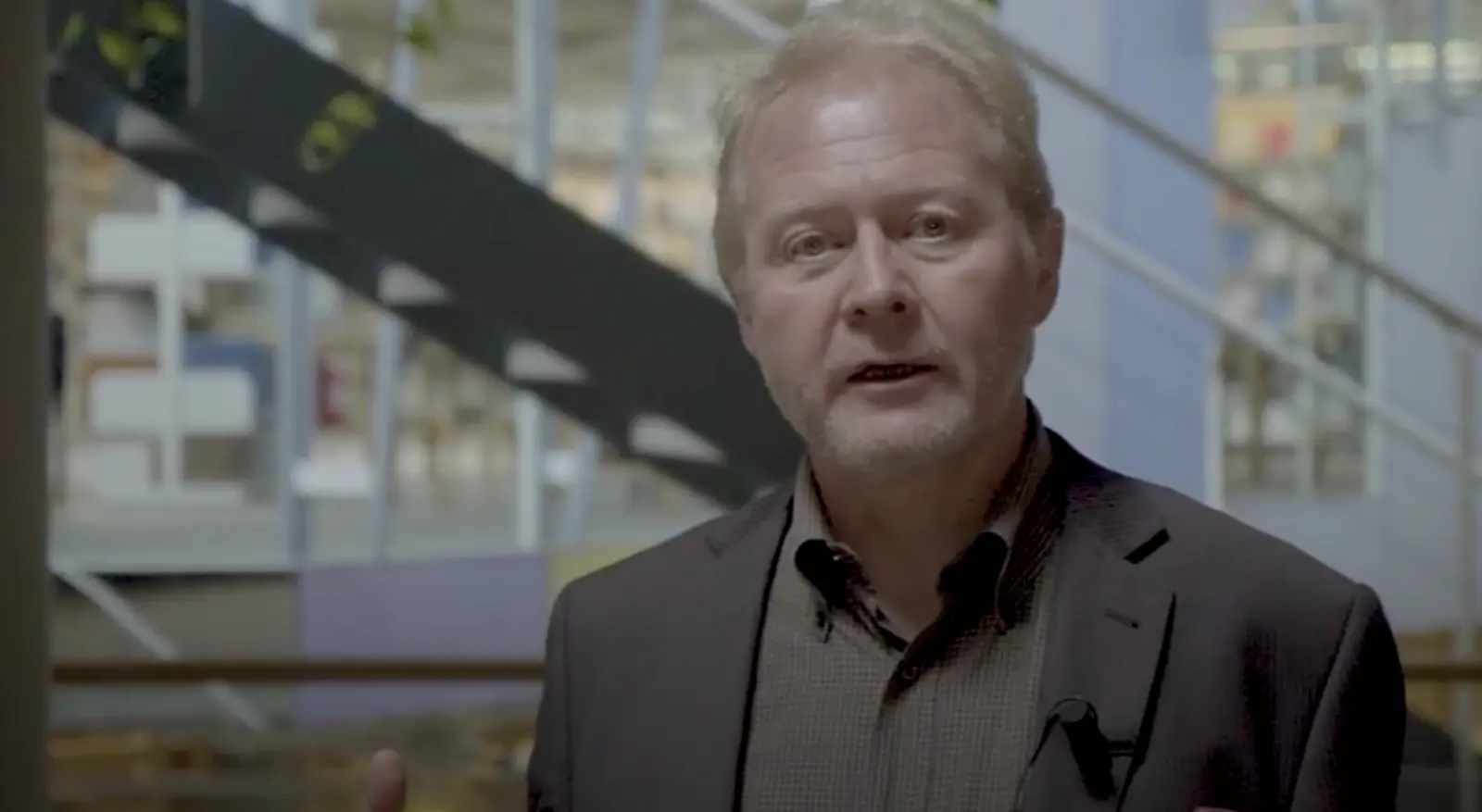
Please note: By clicking on the image area, you give your consent for video content to be reloaded from YouTube, for YouTube/Google cookies to be stored on your IT system and for personal data such as your IP address to be passed on to Google. If you click on another video after having finished watching the video content, YouTube will open in a new tab of your browser and will collect more data from you. Further information is provided in our data protection notice and under Google Privacy .
Presentation of the University architecture by Prof. Dr. Michael F. Zimmermann
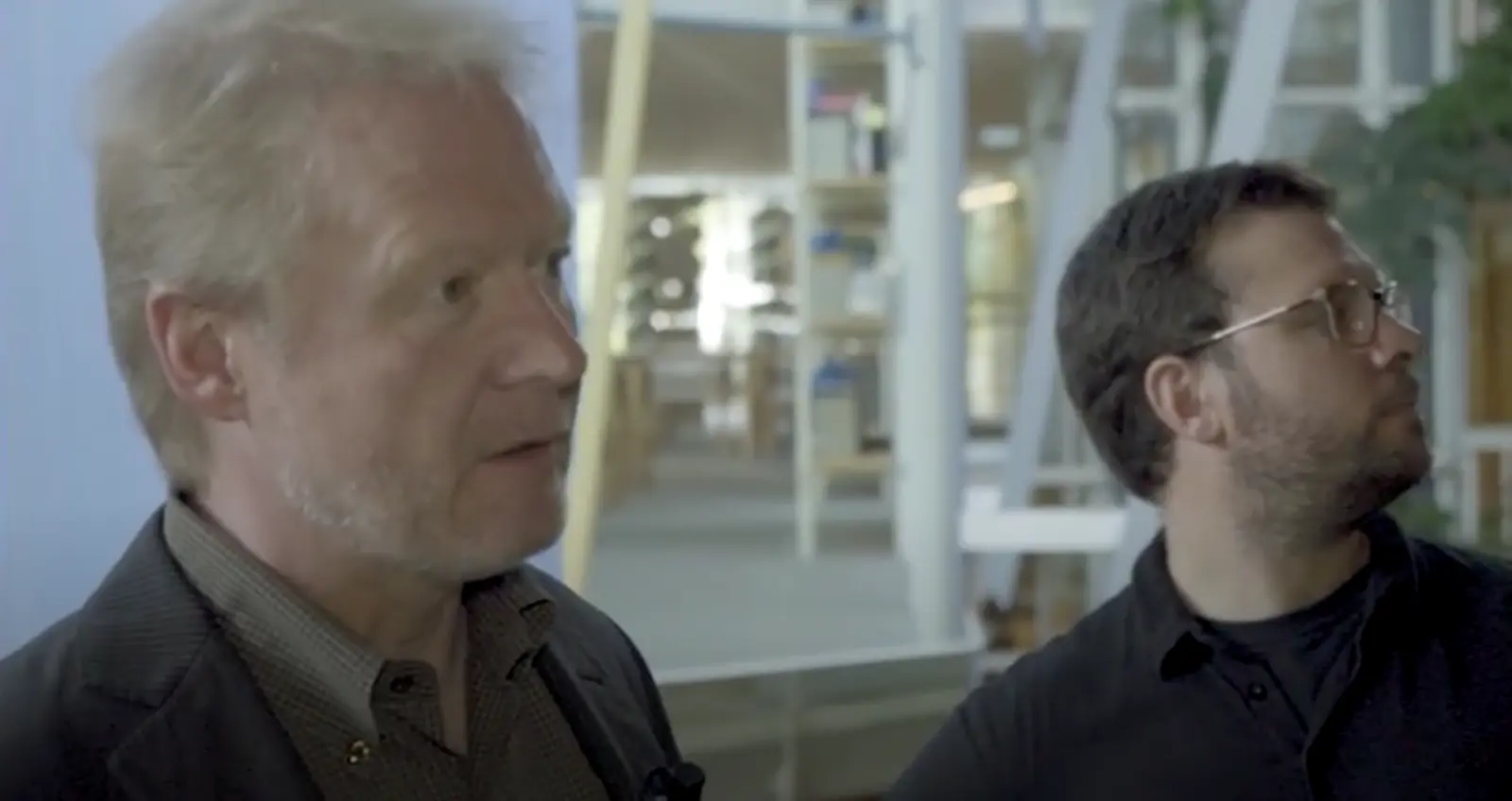
Please note: By clicking on the image area, you give your consent for video content to be reloaded from YouTube, for YouTube/Google cookies to be stored on your IT system and for personal data such as your IP address to be passed on to Google. If you click on another video after having finished watching the video content, YouTube will open in a new tab of your browser and will collect more data from you. Further information is provided in our data protection notice and under Google Privacy .
Report on transdisciplinary field trip to Venice Art Biennale 2019
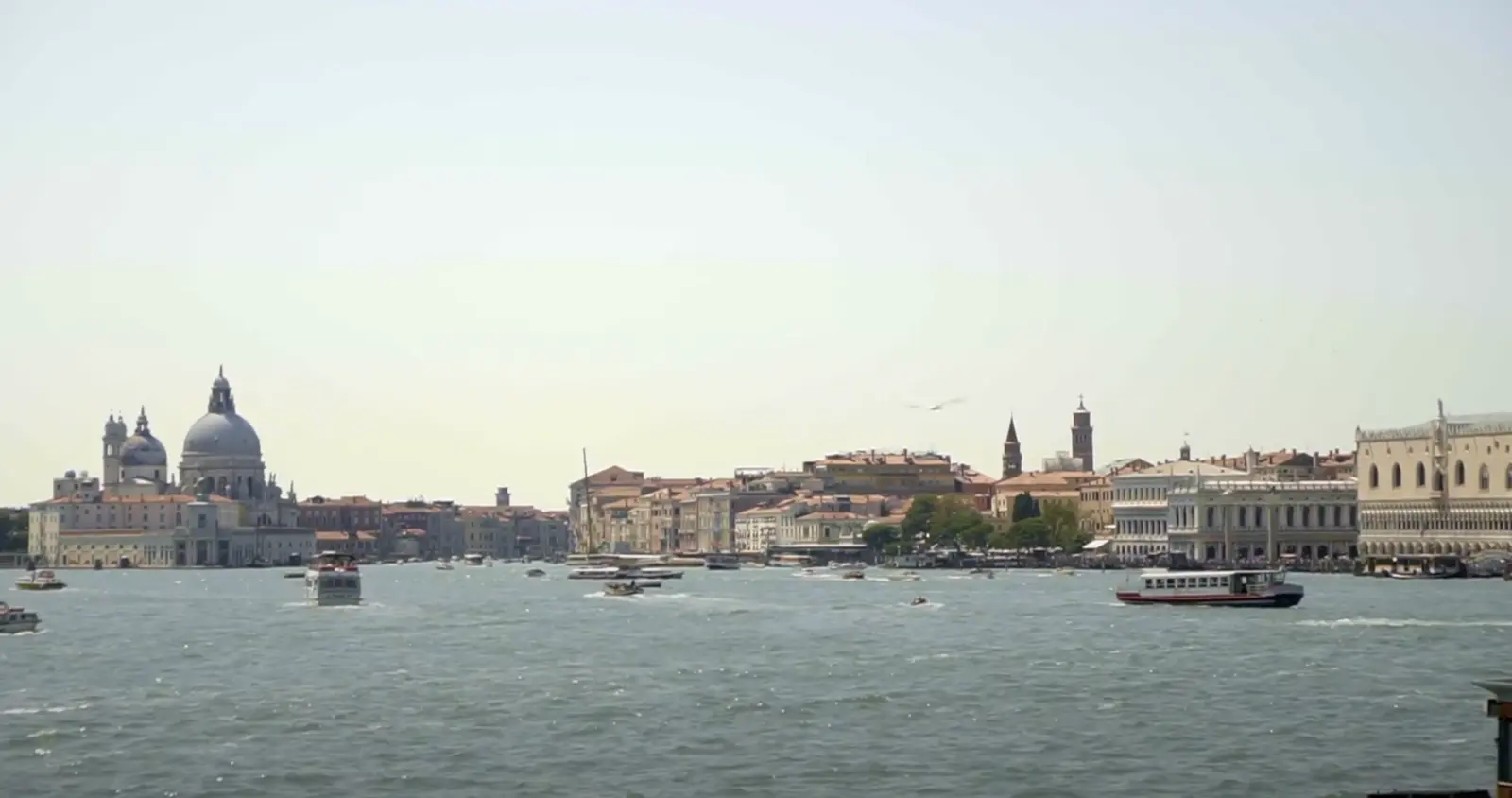
Please note: By clicking on the image area, you give your consent for video content to be reloaded from YouTube, for YouTube/Google cookies to be stored on your IT system and for personal data such as your IP address to be passed on to Google. If you click on another video after having finished watching the video content, YouTube will open in a new tab of your browser and will collect more data from you. Further information is provided in our data protection notice and under Google Privacy .
![[Translate to English:] Kunstmuseum](/fileadmin/_processed_/1/4/csm_FlyerTitel_7d8771cd95.webp)